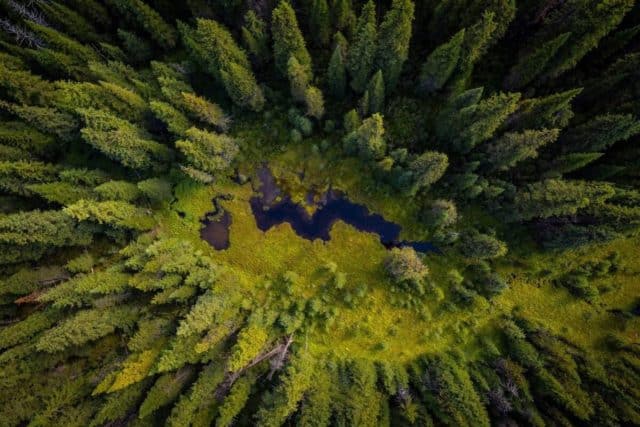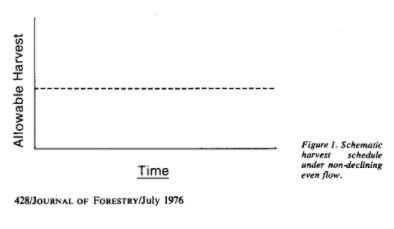On 11/29 there was a news story in E&E news about the 2023 Forest Service cut and sold report.
The administration’s 10-year wildfire strategy rests in part on harvesting but also puts new emphasis on prescribed fire.
Altogether, the agency said it exceeded its goal of reducing hazardous wildfire fuel on 4 million acres in the fiscal year and used fire on a record 1.9 million acres. “I’m pleased to report that we have made significant progress in implementing this daring and critical strategy,” Forest Service Chief Randy Moore said on the agency’s website.
The American Forest Resource Council, representing the wood products industry, called the cut-and-sold annual report encouraging in that the agency reversed declines from the two previous years. Harvests were the greatest since 1999. “We hope that this trajectory of growth in new offerings continues in future years at a rate that can keep up with the growth of demand for wood products illustrated by the increase in last year’s harvest levels,” said the Portland, Oregon, group’s public affairs director, Nick Smith.
In the report, the Forest Service valued the cut timber at about $163 million. A total of 113,577 sales generated $155.4 million, according to the agency.
And while certain forests, such as the nearly 17-million-acre Tongass National Forest in Alaska, generate many of the headlines on timber versus forest preservation, other, smaller national forests are the engines of timber production.While the Forest Service cut 18.1 million board feet on the Tongass, that pales in comparison to the 321 million board feet reported cut on the 708,000-acre Daniel Boone National Forest in Kentucky, 87 million board feet on the Colville National Forest in Washington state and 86 million board feet cut on the Mark Twain National Forest in Missouri, for instance. Oregon is a top state for timber harvesting, with 333.3 million board feet cut for the fiscal year, which ended Sept. 30. So is California, with 223.3 million board feet.
The annual report also shows disparities from one region to another.
Region 1, covering Montana, northern Idaho and part of Washington state, saw a decline of 16 percent in volume sold from fiscal 2022, which Smith attributed to ever-present litigation on proposed projects. Region 5, in California, had a 1 percent increase but has been held back by wildfires that reduce the value of timber that can be salvaged, Smith said. On the other hand, Region 6, covering Oregon and most of Washington state, reported a 17.3 percent increase in volume sold.
Personal Use Firewood?
The report came with a side note that’s important, said Bill Imbergamo, executive director of the Federal Forest Resource Coalition, representing companies that harvest from federal lands. The sales figures include wood cut for personal firewood, which the Forest Service allows through permits. Those permits aren’t reflected in the data for volume cut, however. Imbergamo said his organization supports permits for cutting of personal firewood but doesn’t believe they should be counted as timber achievements, since firewood-cutting projects aren’t subject to the National Environmental Policy Act and aren’t competitively bid in the way commercial timber is.
I wonder what the sales figures for personal use firewood are?
To environmental groups, the Forest Service striving to boost the numbers puts the Biden administration’s carbon-reducing goals at risk, as healthy forests are a major carbon sink. Many say the federal government should stop logging old growth and scale back cutting of mature forests on land it manages.
I can safely say, given my review of comments on the Climate-Smart Agriculture and Forestry request for comments by USDA, that not all environmental groups feel that way. Even large ENGO’s like TNC and EDF would not agree with that. For example EDF, here, and most people are aware that TNC has a ginormous contract to help the FS with fuel treatments of various kinds, including mechanical thinning. It would be helpful if folks would mention which environmental groups they spoke with more specifically. Otherwise it seemingly gives some environmental groups’ views legitimacy at the expense of others. As far as I know there isn’t an organization of ENGO’s that determines the Official ENGO Party Line on issues.
**************
Anyway, eagle-eyed Andy Stahl pointed out that the Daniel Boone’s was certainly off as it was usually in the neighborhood of 2-10 mmbf, not 321. Apparently the FS is correcting this, and we will post the update when we receive it.






